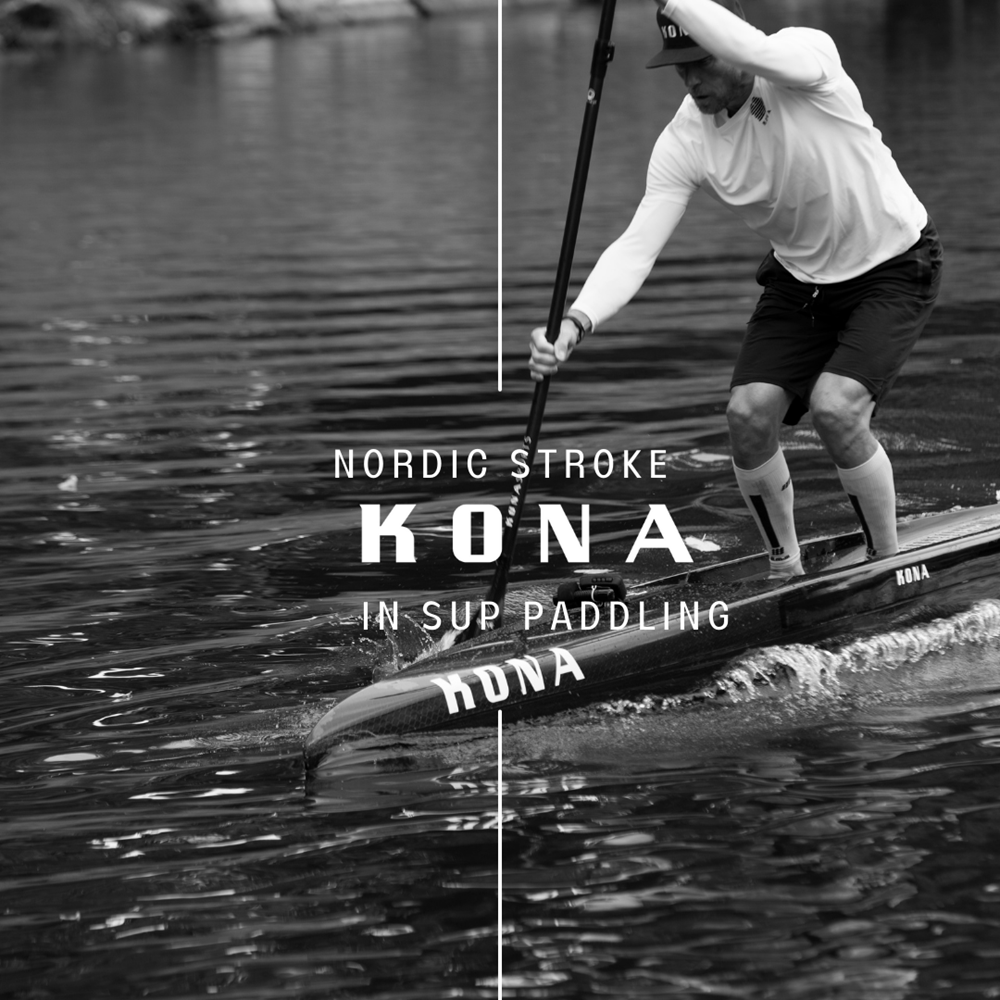
The Nordic Stroke: Mastering the Five Phases of the SUP Paddling Cycle
The Stand-Up Paddleboarding (SUP) community is ever-evolving, constantly seeking methods to enhance efficiency and technique on the water. Drawing inspiration from the rigorous discipline of cross-country skiing, the Nordic Stroke emerges as a cutting-edge technique aimed at refining paddling performance. This method leverages the principles of body weight utilization and gravity, mirroring the dynamics found in skiing – from the standing posture to the activation of similar muscle groups and movement patterns.
Background
The genesis of the Nordic Stroke is deeply rooted in the comparative study between SUP and cross-country skiing. This analysis highlights a striking similarity in stance, the engagement of muscle groups, and the rhythm of movement. Such parallels have paved the way for innovative techniques in SUP, promising paddlers an optimized experience akin to the efficiency found in skiing.
The Five Phases of the SUP Paddling Cycle
Understanding the intricacies of the Nordic Stroke necessitates a deep dive into its core components – the five sequential phases of the paddling cycle. These stages, namely Setup, Catch, Impulse, Exit, and Reversion, constitute the foundation for mastering this technique.
-
Setup
This initial phase is all about preparation and positioning. The Setup involves aligning the body and paddle to ensure a potent power transfer once the paddle blade touches the water. Positioned approximately 10 cm above the water's surface and extended in front of the body, the paddle is primed for entry, setting the stage for an effective stroke.
-
Catch
The Catch phase signifies the moment the paddle blade makes contact with the water, anchoring itself firmly. This critical point allows paddlers to leverage their body weight, pulling the board towards the paddle, thereby propelling both the paddler and the board forward. It's a phase that demands precision, ensuring the paddle is fully submerged and positioned just in front of the feet.
-
Impulse
Often regarded as the powerhouse of the stroke, the Impulse phase is where speed is generated. Through a robust pull of the paddle, this stage maximizes the force exerted, translating it into forward momentum. The paddle moves from being fully submerged in front of the feet to a point behind, driving the board forward with significant energy.
-
Exit
The Exit phase is characterized by the delicate removal of the paddle from the water. This action, while appearing simple, is crucial for maintaining speed and smoothness in transition. The paddle exits the water from behind the feet, marking the end of one powerful stroke and the precursor to the next movement phase.
-
Reversion
Concluding the cycle, the Reversion phase involves swiftly repositioning the paddle forward, preparing for the subsequent Setup. This movement not only facilitates recovery but also maintains the flow and rhythm essential for sustained momentum. It's a phase of transition, yet integral to the seamless execution of consecutive strokes.
The Path Ahead
The Nordic Stroke, with its detailed five-phase structure, offers a comprehensive framework for enhancing SUP technique. As we continue to explore and refine these phases, the potential for improved performance and efficiency on the water is boundless. At Kona Academy, our commitment to advancing paddling skills remains unwavering. Stay tuned for more insights and training opportunities designed to elevate your SUP experience. Join us in mastering the art of paddling, where every stroke is a step towards excellence.
Joachim 03/06/2023